Accelerating rejuvenation therapies to repair the damage of aging. Berlin, May 21 — 23.
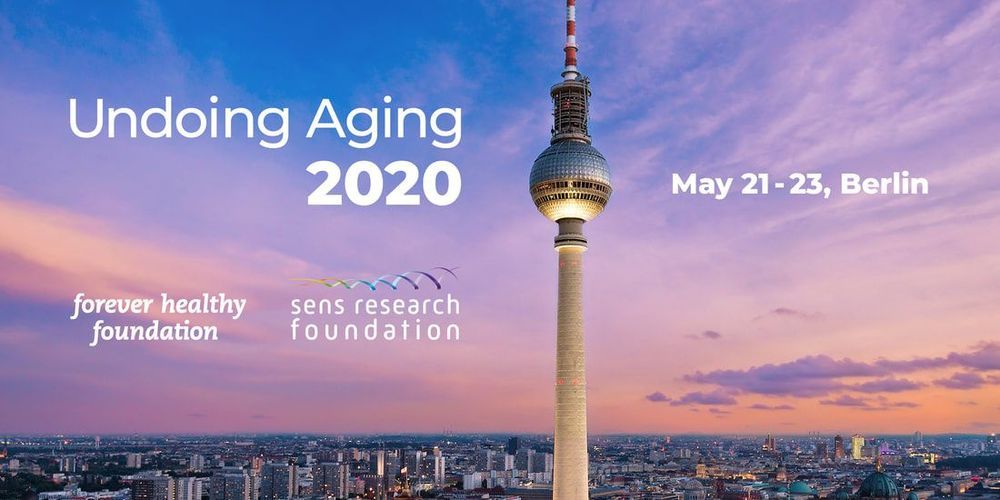

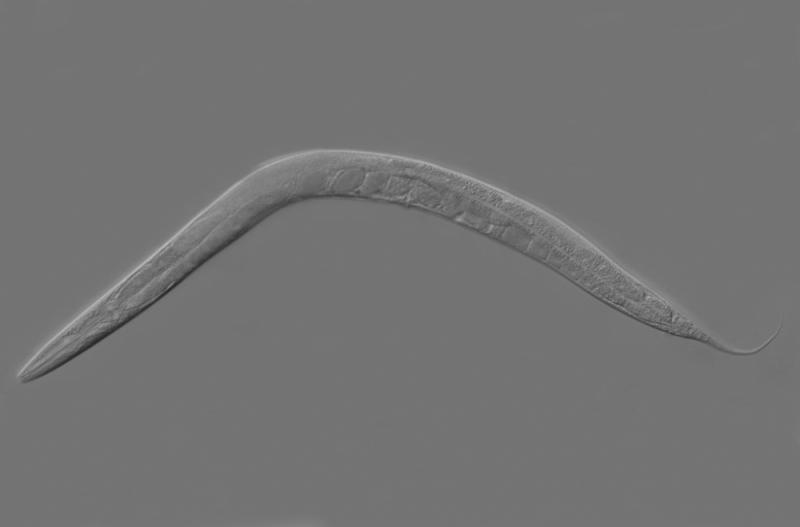
Some stress at a young age could actually lead to a longer life, new research shows.
University of Michigan researchers have discovered that oxidative stress experienced early in life increases subsequent stress resistance later in life.
Oxidative stress happens when cells produce more oxidants and free radicals than they can deal with. It’s part of the aging process, but can also arise from stressful conditions such as exercise and calorie restriction.
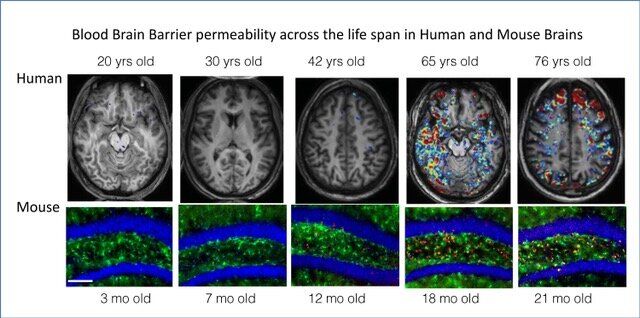
Drugs that tamp down inflammation in the brain could slow or even reverse the cognitive decline that comes with age.
In a publication appearing today in the journal Science Translational Medicine, University of California, Berkeley, and Ben-Gurion University scientists report that senile mice given one such drug had fewer signs of brain inflammation and were better able to learn new tasks, becoming almost as adept as mice half their age.
“We tend to think about the aged brain in the same way we think about neurodegeneration: Age involves loss of function and dead cells. But our new data tell a different story about why the aged brain is not functioning well: It is because of this “fog” of inflammatory load,” said Daniela Kaufer, a UC Berkeley professor of integrative biology and a senior author, along with Alon Friedman of Ben-Gurion University of the Negev in Israel and Dalhousie University in Canada. “But when you remove that inflammatory fog, within days the aged brain acts like a young brain. It is a really, really optimistic finding, in terms of the capacity for plasticity that exists in the brain. We can reverse brain aging.”

Some people hope to cheat death by storing their consciousness digitally. Science isn’t quite there yet, but we’ve done enough brain and memory research to have immediate implications – and to start asking uncomfortable questions.
The idea of attaining de facto immortality by translating your brain into code and storing your personality as a digital copy online has been captivating people’s imagination for quite some time. It is particularly popular among transhumanists, people who advocate enhancing human intellect and physiology through the most sophisticated technology available.
As the most technologically advanced nations around the world pour resources into brain studies and yesterday’s science fiction becomes reality, it might seem that humanity is nearing a breakthrough in this field. Could the ability to become a “ghost in the shell” – like in the iconic cyberpunk Japanese manga, or the 2017 film – be just around the corner?
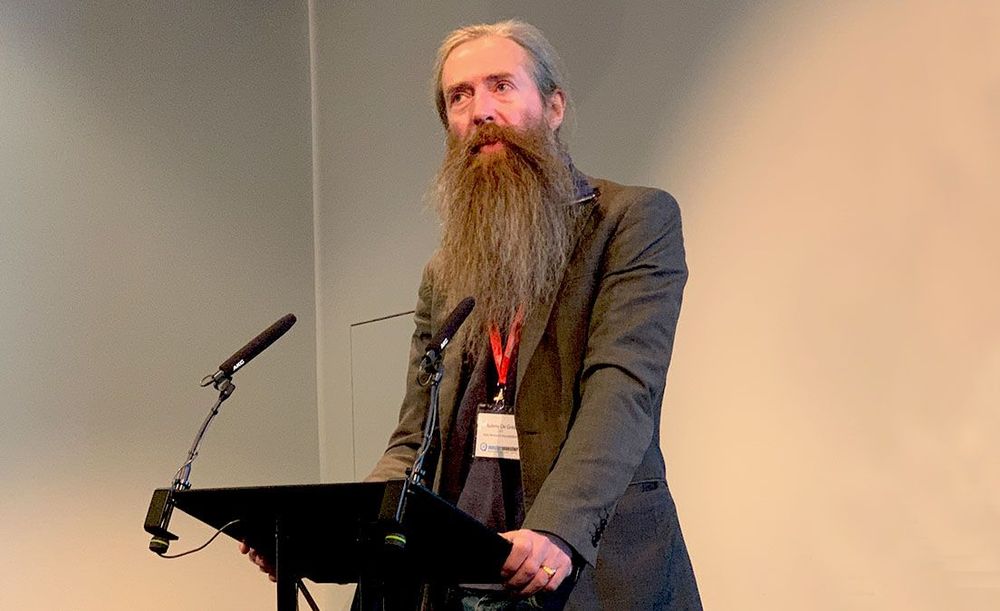
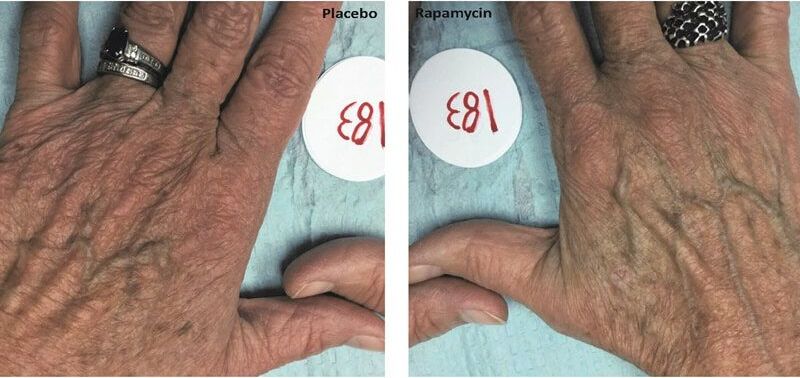
The search for youthfulness typically turns to lotions, supplements, serums and diets, but there may soon be a new option joining the fray. Rapamycin, a FDA-approved drug normally used to prevent organ rejection after transplant surgery, may also slow aging in human skin, according to a study from Drexel University College of Medicine researchers published in Geroscience.
Basic science studies have previously used the drug to slow aging in mice, flies, and worms, but the current study is the first to show an effect on aging in human tissue, specifically skin – in which signs of aging were reduced. Changes include decreases in wrinkles, reduced sagging and more even skin tone — when delivered topically to humans.
“As researchers continue to seek out the elusive ‘fountain of youth’ and ways to live longer, we’re seeing growing potential for use of this drug,” said senior author Christian Sell, PhD, an associate professor of Biochemistry and Molecular Biology at the College of Medicine. “So, we said, let’s try skin. It’s a complex organism with immune, nerve cells, stem cells – you can learn a lot about the biology of a drug and the aging process by looking at skin.”
The University of Cambridge’s Dr. William Bains provides a thorough overview of extracellular cross-links in this lecture. He explains that advanced glycation end-products (AGEs) can irreversibly link proteins together, and cross-linking AGEs appear to play an important role in aging. They are particularly problematic in the cardiovascular system, where cross-links cause our arteries to stiffen with age, raising blood pressure and making a patient more likely to suffer from a heart attack or stroke. Cross-links are also implicated in complications from diabetes. Dr. Bains explains the structure and nature of cross-links, where they accumulate in the body, and even what their surprising role is in cooking. He ends by discussing a major AGE-breaking drug that has been tested on humans and touches on potential future therapies.
Visit www.sens.org/videos to view the rest of our course lecture videos.
What if you could cheat death and live forever? To people in the radical life extension movement, immortality is a real possibility. Leah Green spends a long weekend at RAADfest, a meeting of scientists, activists and ordinary people who want to extend the human lifespan. So is reversing your age a real possibility? And what’s behind this wish to live forever?
This is the first episode in our Death Land series, with a new episode every Thursday at 12pm. Subscribe here so you don’t miss the next installment ► http://is.gd/subscribeguardian
Support the Guardian ► https://support.theguardian.com/contribute
Today in Focus podcast ► https://www.theguardian.com/news/series/todayinfocus
Sign up for the Guardian documentaries newsletter ► https://www.theguardian.com/info/2016/sep/02/sign-up-for-the…ies-update
The Guardian ► https://www.theguardian.com
The Guardian YouTube network: